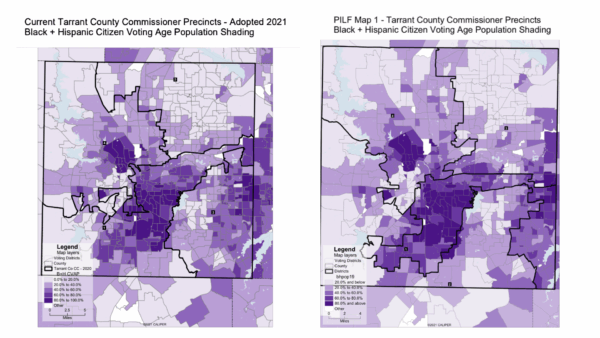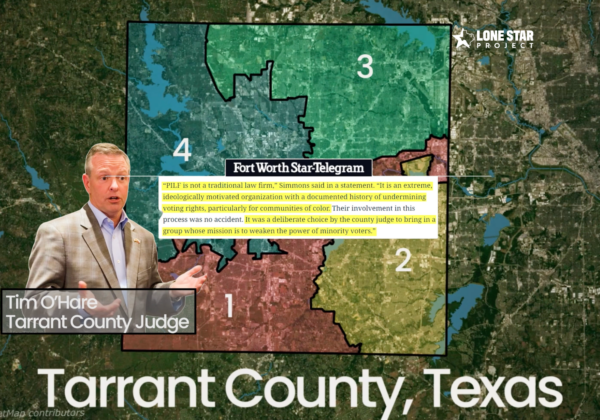Some may assume that legislative and congressional gains in Texas are the product of a national wave of support for Democrats in the 2006 elections. However, most political writers have pointed out that Texas Democrats faced a more skeptical public and ran against well funded Republican opponents in Republican leaning districts. To put the successes in context, here are some key facts to remember when considering the 2006 elections in Texas.
Texas Democrats began the cycle at a political disadvantage
- Texas State House and Congressional Districts are the result of Republican partisan gerrymanders. Most of the contested districts were drawn “for Republicans by Republicans” with the intent for a Republican candidate to hold the seat in the event of an otherwise “bad year” for Republicans. (Source: Austin American-Statesman, 2/26/2006)
- All seats captured by Democrats had a Democratic performance index far below 50 percent. Not a single district was carried by either Al Gore in ’00 or John Kerry in ’04. (Source: Secretary of State)
- Incumbents are tough to beat. Four of the five Democrats who captured Republican seats beat sitting incumbents who were better funded and were able to use incumbency to prop up their campaigns.
Smart money beat more money
- There was virtually no national money in Texas. While the DNC funded three field staffers for the Texas Democratic Party and the DCCC spent modestly in CD22 (Lampson) and in CD17 (Edwards), the national Democratic party committees did not help fund any base turnout activity, voter file development or make direct contributions to candidates or local parties. (Source: Federal Elections Commission, Texas Ethics Commission)
- Republican financiers James Leininger, who gave $3.5 million, and Bob Perry, who gave $2.7 million, along with Tom Craddick’s PAC Stars Over Texas, moved hundreds of thousands of dollars into key State House Districts in the closing weeks of the campaign. (Houston Chronicle, 11/12/2006)
- The Texas Democratic Party and the House Democratic Campaign Committee stuck to a disciplined and highly targeted program to maximize Democratic base vote in key districts and to make targeted contributions designed to help candidates complete their individual campaign programs. Republicans spent more money, but Democrats used fewer dollars more wisely.
The Lone Star Project has provided a line-up of the new, and very impressive, Democrats who won hotly contested State House and Congressional seats.
New Democratic Congressmen
District 22
Nick Lampson (D-Houston) – 52.2%
Shelley Sekula Gibbs (R) – 42.6%
New Democratic State Representatives
District 32
Juan Garcia (D-Corpus Christi) – 48.3%
Gene Seaman (R) – 46.2%
District 47
Valinda Bolton (D-Austin) – 50.2%
Bill Welch (R) – 45.6%
District 85
Joe Heflin (D-Crosbyton) – 48.9%
Jim Landtrop (R) – 48.3%
District 93
Paula Hightower Pierson (D-Arlington) – 49.4%
Toby Goodman (R) – 47.2%
District 107
Allen Vaught (D-Dallas) – 50.1%
Bill Keffer (R) – 46.7%
District 118
Joe Farias (D-San Antonio) – 48.3%
George Antuna (R) – 44.3%
District 134
Ellen Cohen (D-Houson) – 54.7%
Martha Wong (R) – 43.1%



